Snails may seem like simple creatures, but their calcium needs are anything but basic. These slow-moving mollusks rely heavily on calcium to build and maintain their shells, which serve as both protection and structural support. Without adequate calcium, snails can suffer from weakened shells, stunted growth, and even life-threatening health issues. Understanding how to supplement calcium in a snail’s diet is crucial for anyone keeping them as pets or studying them in the wild.
In their natural habitats, snails obtain calcium from various environmental sources. Soil rich in calcium carbonate, decaying plant matter, and even certain types of rocks provide the necessary minerals for shell development. Some species are known to chew on limestone or chalk, which are abundant in calcium. This behavior highlights the importance of calcium in their daily lives. For snail enthusiasts, replicating these natural sources in captivity is key to ensuring their pets thrive.
One of the most effective ways to supplement calcium for snails is through their diet. Crushed eggshells, cuttlebone, and calcium-rich vegetables like kale and spinach can be offered regularly. Cuttlebone, often sold in pet stores for birds, is particularly popular among snail keepers because it’s easy to place in the enclosure and lasts a long time. Snails will naturally gravitate toward it when they need a calcium boost. Another option is to dust their food with calcium powder, a method commonly used for reptiles but equally effective for snails.
The water source can also play a significant role in calcium intake. Some snail owners add calcium blocks or liquid calcium supplements to the water to ensure a steady supply. However, it’s important to monitor the concentration to avoid over-supplementation, which can lead to imbalances. Rainwater or distilled water, while pure, lacks essential minerals and should be avoided unless calcium is being provided through other means. Tap water, depending on the region, may already contain some calcium, but testing its mineral content is advisable.
Environmental enrichment is another factor to consider. Providing a substrate mixed with calcium carbonate or crushed oyster shells can mimic the snail’s natural habitat and encourage natural foraging behaviors. This method not only supplements calcium but also promotes physical activity, which is beneficial for overall health. Some keepers even place small pieces of natural chalk or limestone in the enclosure, allowing snails to gnaw on them as needed.
Observing your snails can provide valuable clues about their calcium levels. A healthy snail will have a strong, smooth shell without cracks or pits. If the shell appears thin, brittle, or shows signs of erosion, it’s likely a sign of calcium deficiency. Younger snails, in particular, require ample calcium for proper growth, so paying close attention to their development is essential. On the other hand, over-supplementation can cause shell deformities, so balance is key.
Breeding snails introduces additional calcium demands. Egg-laying females expend a significant amount of calcium to produce their shells, and a lack of adequate reserves can result in weak or malformed eggs. Providing extra calcium during this period is critical for both the mother and the offspring. Some breeders even separate pregnant snails into calcium-rich environments to ensure optimal conditions for egg development.
In conclusion, calcium is a non-negotiable component of a snail’s health. Whether through dietary supplements, enriched environments, or careful monitoring of water sources, ensuring a steady supply of this vital mineral will keep snails healthy and their shells robust. By understanding and replicating the calcium sources found in nature, snail keepers can create a thriving habitat for these fascinating creatures.
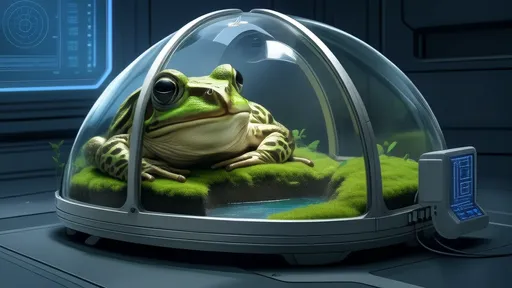
By /Jun 28, 2025
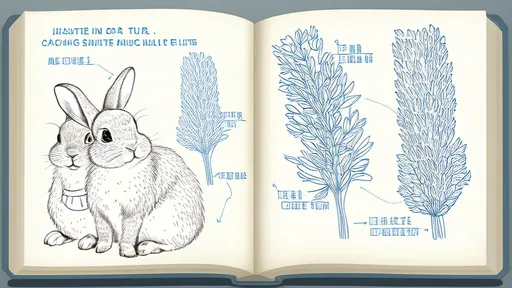
By /Jun 28, 2025

By /Jun 28, 2025
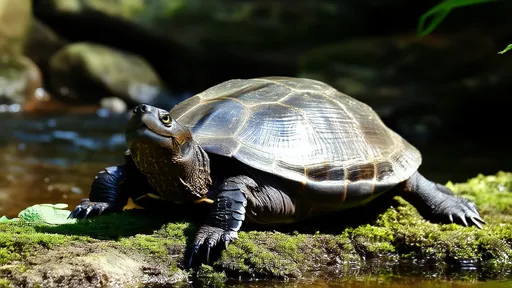
By /Jun 28, 2025
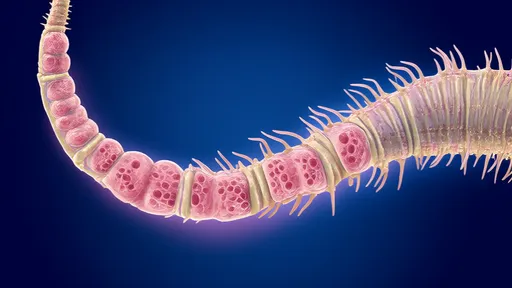
By /Jun 28, 2025

By /Jun 28, 2025
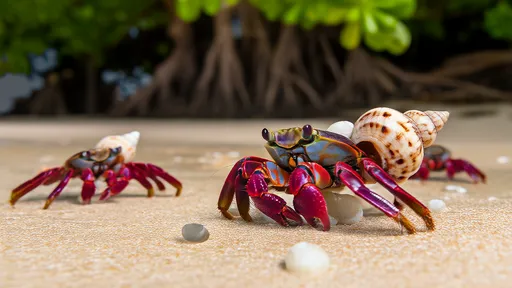
By /Jun 28, 2025

By /Jun 28, 2025
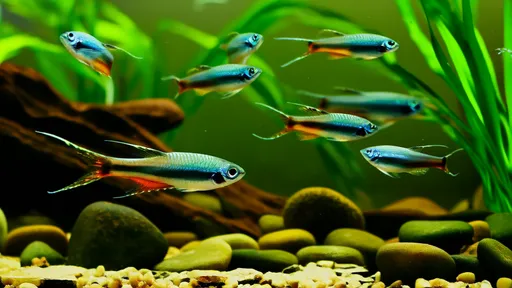
By /Jun 28, 2025
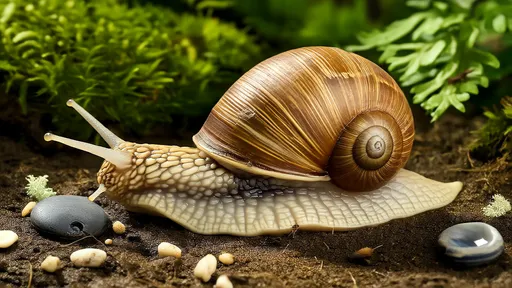
By /Jun 28, 2025
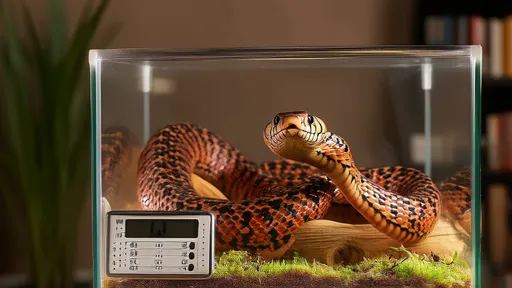
By /Jun 28, 2025
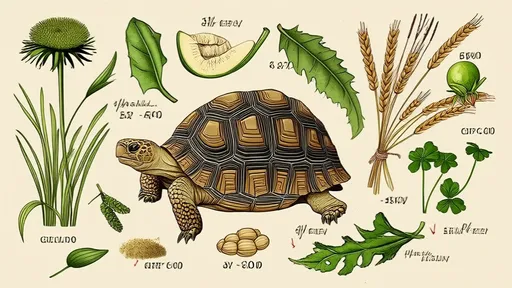
By /Jun 28, 2025
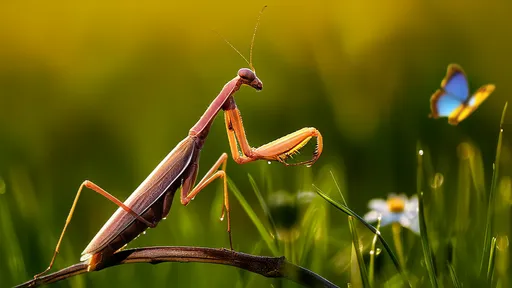
By /Jun 28, 2025
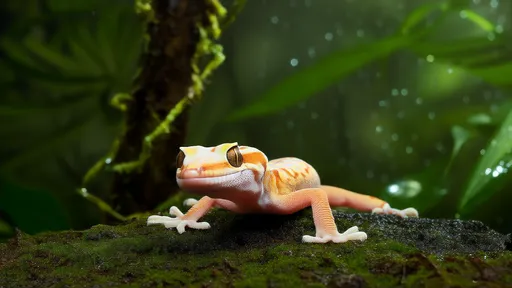
By /Jun 28, 2025
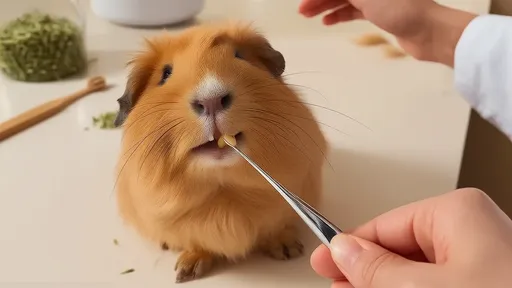
By /Jun 28, 2025

By /Jun 28, 2025